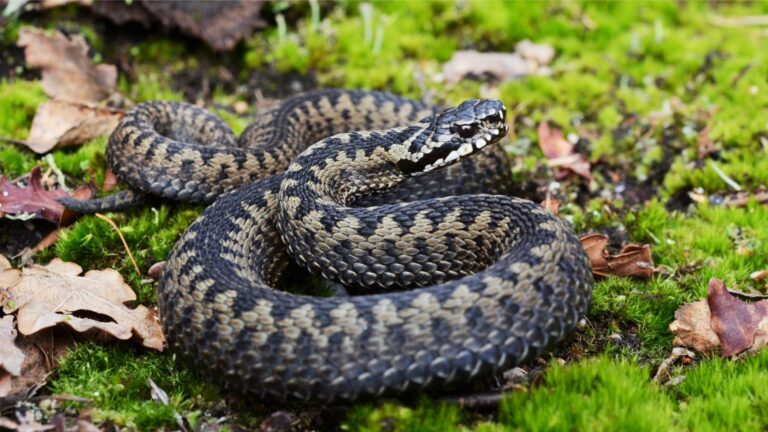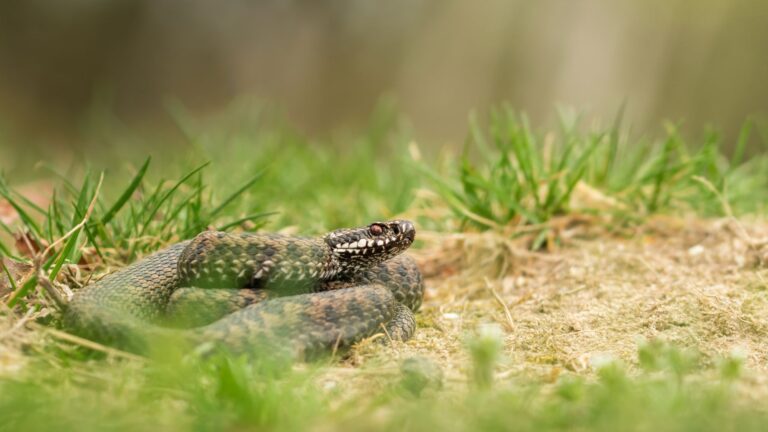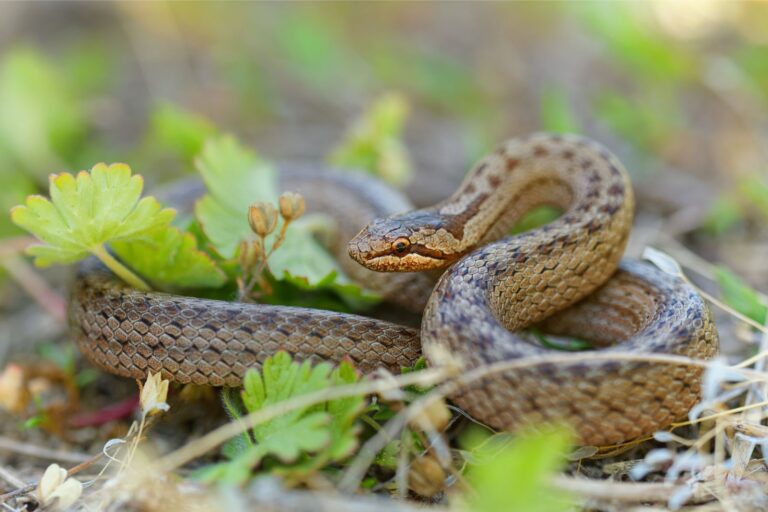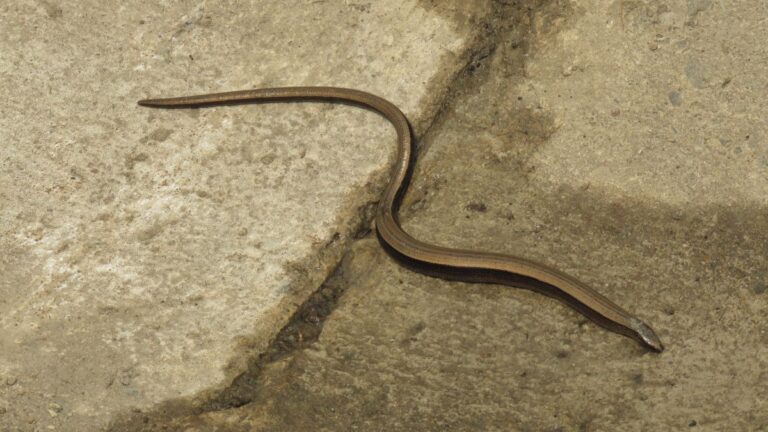While Norway's climate isn't conducive to large populations, there are a handful of species of snake resident in Norway. Here's what you need to know.
Norway, a Scandinavian jewel renowned for its staggering fjords, rugged coastline, and pristine forests, is also home to a fascinating mix of wildlife.

From majestic moose and elusive lynxes to various bird species, the Nordic nation certainly has a lot to offer nature enthusiasts. But did you know that Norway also has its fair share of snakes?
Before your heart starts racing, let's clear the air: snakes in Norway are a rarity, so there's very little chance of you crossing paths with one during your hike through Norway's breathtaking landscapes.
However, it's always good to be informed about what might be slithering underfoot. So, let's delve into Norway's snake species – and how to identify them.
What snakes are there in Norway?
Norway is home to three species of snakes: the European Adder, the European Grass Snake, and the European Smooth Snake.
1. European Adder (Vipera berus): Norway's lone venomous serpent
Also known as “Hoggorm” in Norwegian, the European Adder enjoys the status of being the most common and the only venomous snake in Norway.
With a typical length of 60 to 90 cm, this snake comes in varying hues, from light to dark brown, sporting dark zig-zag patterns along their backs. Males are typically gray with black patterns, while females lean more towards brown with dark stripes.

While an Adder's venom isn't typically fatal to humans, an encounter should not be taken lightly. A bite can lead to painful symptoms like swelling and bruising, and immediate medical attention is essential.
2. European Grass Snake (Natrix natrix): Norway's water-loving reptile
Known locally as “Buorm,” the European Grass Snake is non-venomous and is not commonly sighted.
Measuring up to 1.5 meters, these snakes don spots of dark green or brown, with brown stripes running along their bodies. Their love for aquatic habitats makes them a common sight near Norwegian marshes, ponds, and wetlands.
While they won't inject venom, a bite from a Grass Snake warrants medical attention, and their habit of feigning death when threatened is worth a mention!
3. European Smooth Snake (Coronella austriaca): The shy serpent
“Slettsnok,” as it's called in Norwegian, is another non-venomous snake that isn't a common sight.

They grow up to 60 cm long and are typically gray or brown with dark spots. Their preference for areas with dense vegetation makes them somewhat elusive. Despite their harmless nature, it's crucial to seek medical help if bitten.
Are there venomous snakes in Norway?
As detailed above, the European Adder holds the title for the only venomous snake in Norway.
Shy by nature, they avoid human interaction, and bites occur only if they feel threatened. Although deaths are rare, it's essential to seek immediate medical help if bitten by one of these.
The deceptive Deaf Adder (Anguis fragilis)
A mention of Norway's snakes wouldn't be complete without discussing the deaf adder or slowworm, or “sleve” as locals call it.
Despite its name and serpent-like appearance, this creature is not a snake at all but a legless lizard. A common point of confusion, the deaf adder's slender, elongated body can easily lead to mistaken identity.
The deaf adder generally measures between 30 to 50 cm in length, and like Norway's actual snakes, it boasts a diverse color palette. You might encounter them in various shades of brown, grey, and even copper, often adorned with a dark stripe down their backs.

Interestingly, the deaf adder isn't as vulnerable to Norway's chilly climate as its true-snake counterparts.
It thrives in various environments, from open meadows to forested areas, and isn't averse to sunbathing on warm rocks during cooler months.
Snakes in Scandinavia and the Nordic countries
The trio of snakes – the European Adder, the European Grass Snake, and the European Smooth Snake – also inhabit other parts of Scandinavia.
All three species are typically non-aggressive but should be given their space if encountered. The European Smooth Snake, however, has been absent from Denmark for more than 100 years, despite it living just south of the German border and parts of southern Sweden.
In fact, other parts of the region such as Iceland and Greenland do not have any snakes at all due to the climate.
Why are snakes rare in Norway?
Norway's cold climate doesn't make it the best habitat for snakes, which rely on external sources for heat regulation. The harsh, long winters offer few places for these reptiles to find shelter.
Predators like wolves, lynxes, and eagles also contribute to keeping the snake population in check. So, rest easy, travellers!


Deaf adder in Norwegian is called stålorm = “steel snake”.